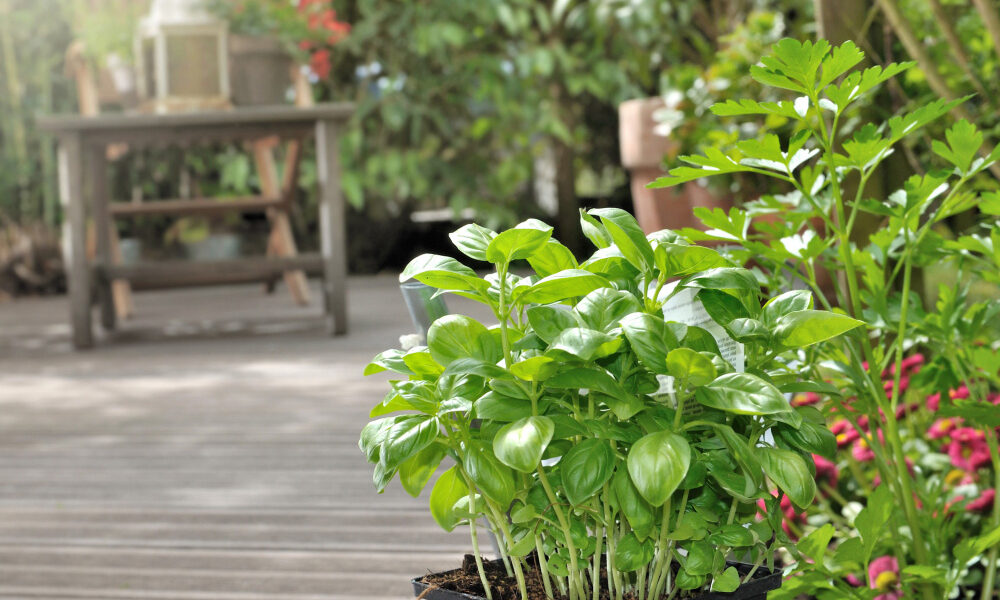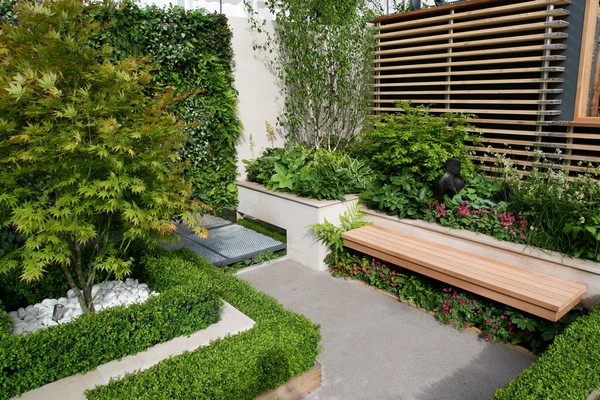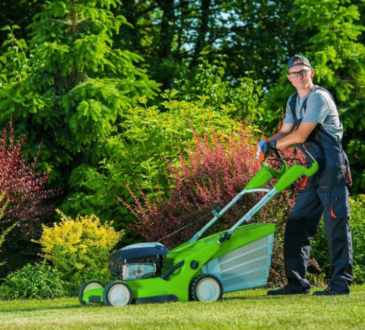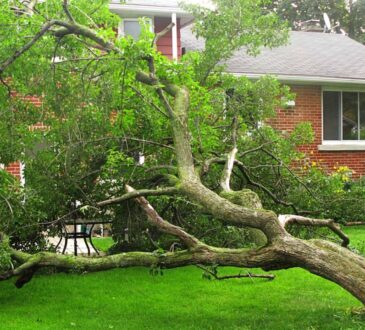
Are you tired of relying on grocery stores for fresh produce? Why not create your own edible garden? Edible garden planning is not only a rewarding and sustainable endeavor but also a great way to reconnect with nature. With a little knowledge and careful planning, you can transform your backyard into a bountiful oasis of delicious fruits, vegetables, and herbs. In this guide, we will explore the essential steps to help you design and cultivate your own edible garden.
1. Assess Your Space and Sun Exposure
The first step in edible garden planning is to assess your available space and sun exposure. Observe your yard and identify areas that receive at least six hours of direct sunlight per day. Most edible plants thrive in full sun, so it’s crucial to choose a spot that meets this requirement. Take note of any existing structures, trees, or obstacles that may obstruct sunlight or limit available space.
2. Define Your Goals and Prioritize Plants
Consider your goals and prioritize the types of plants you wish to grow in your edible garden. Are you primarily interested in growing fresh vegetables, fruits, or herbs? Make a list of your favorite edible plants and research their specific requirements for soil type, water, and sunlight. This step will help you determine the space needed for each plant and plan accordingly.
3. Plan Your Garden Layout

Once you have an idea of the plants you want to grow, it’s time to plan your garden layout. Consider factors such as companion planting, which involves strategically placing plants that benefit each other. For example, planting marigolds around your tomatoes can help deter pests. Additionally, consider the height and spread of each plant to ensure they have enough space to grow without overcrowding each other. Sketch out your garden layout on paper or use online tools to visualize your design.
4. Prepare the Soil
The key to a successful edible garden is healthy soil. Before planting, prepare your soil by removing any weeds, rocks, or debris. Test the pH level of your soil and make necessary adjustments to ensure it is within the optimal range for your chosen plants. Add organic matter such as compost or well-rotted manure to improve soil fertility and moisture retention. Remember to regularly amend your soil throughout the growing season to provide essential nutrients for your plants.
5. Choose the Right Plants and Seeds
When selecting plants and seeds for your edible garden, consider factors such as climate, seasonality, and your region’s growing conditions. Choose varieties that are well-suited to your local climate and ensure they are appropriate for the time of year you plan to plant them. Opt for disease-resistant varieties whenever possible to minimize the risk of plant diseases. Consider purchasing heirloom or organic seeds to support biodiversity and avoid potential pesticide exposure.
6. Implement Watering and Maintenance Strategies
Proper watering and maintenance are essential for the success of your edible garden. Develop a watering schedule based on the specific needs of your plants, taking into account factors such as rainfall, temperature, and soil moisture. Consider installing a drip irrigation system to provide consistent and efficient watering. Regularly monitor your plants for signs of pests or diseases and take appropriate action to prevent or treat any issues that arise.
7. Enjoy the Fruits of Your Labor

As your edible garden grows and matures, enjoy the fruits of your labor. Harvest your crops when they are ripe and savor the flavors of homegrown produce. Share your bounty with friends, family, or local food banks. Take pride in the sustainable and rewarding journey you have embarked upon, and continue to learn and experiment with new plants and techniques to further enhance your edible garden.
Remember, edible garden planning is an ongoing process. As you gain experience and knowledge, you can refine your techniques and expand your garden to incorporate new and exciting varieties. So, roll up your sleeves, dig into the earth, and let the magic of an edible garden unfold before your eyes!




